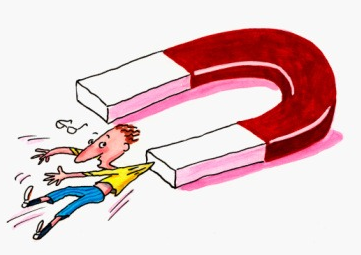For many traders the psychology of the big players is a mystery.
The big players don't care about your stops
- The truth of the matter is that retail trader's stops don't factor on the radar of bank traders at all. In-fact professionals don't even see retail stops on an individual level, nor could they care less because the sizes are too small.

Big players care about groups of stops
- That is not to say, professionals don't care about stops. Stop orders are very important to the institutional traders on an aggregate level - that is, they care about where large groups of stops are sitting.
- This could happen when, for example, a large number of retail trader's stops are sitting at the same level, or it could be where a corporate or fund has orders placed. Even though a bank trader only has knowledge of their own book, this grouping of stops is generally happening across a number of banks at the same time, so they will make assumptions about the positioning of the market.
The price is attracted to the supply at key levels

Once the trader is aware of the supply of liquidity at a certain level the market will often trade towards it. Why? Two reasons:
- The motivations of the trader
- Liquidity
For bank traders, their first motivation is safety - they don't want to lose money.
The key levels are where there the liquidity is the deepest, where it is safest. If a bank trader needs to execute a trade they need a supply of orders to execute it against.
If there is no liquidity at a certain price then they will have to rapidly re-adjust both their thinking and their positioning because they are at risk. Conversely if there is plenty of liquidity at a certain price, then the bank trader can go about their business without fear of the market getting away on them while they are holding a large position they are obligated to execute.
This way they can minimise and chance of losses and make money from the order execution.
The big players are not so different from you
It's interesting to note that while understanding the flow can be helpful, the bank trader still uses:
- Pattern recognition
- Support and resistance
- Fibonacci levels
The professional's main asset is experience in interpreting the markets, funds and time not any special information.
About the Author
Sam Eder is a currency trader and author of the Definitive Guide to Developing a Winning Forex Trading System and the Advanced Forex Course for Smart Traders (get free access)




